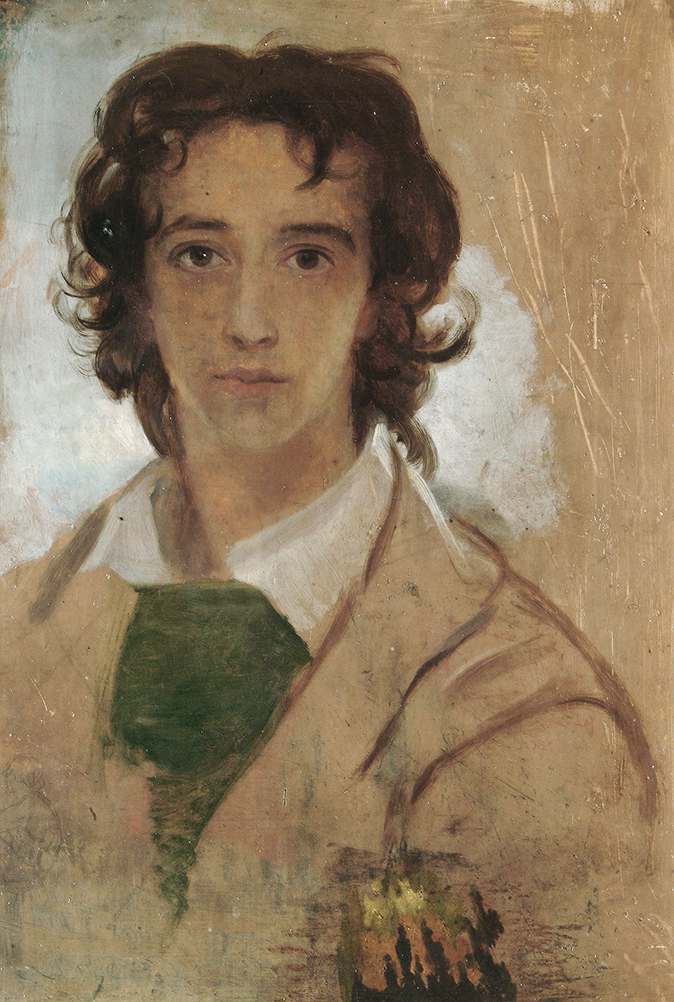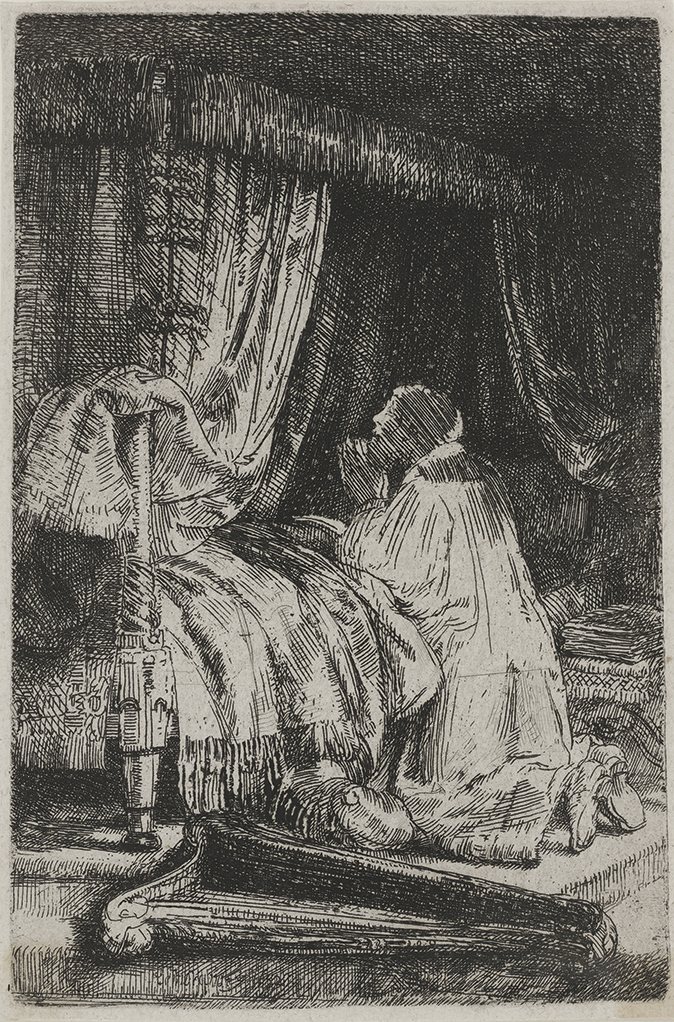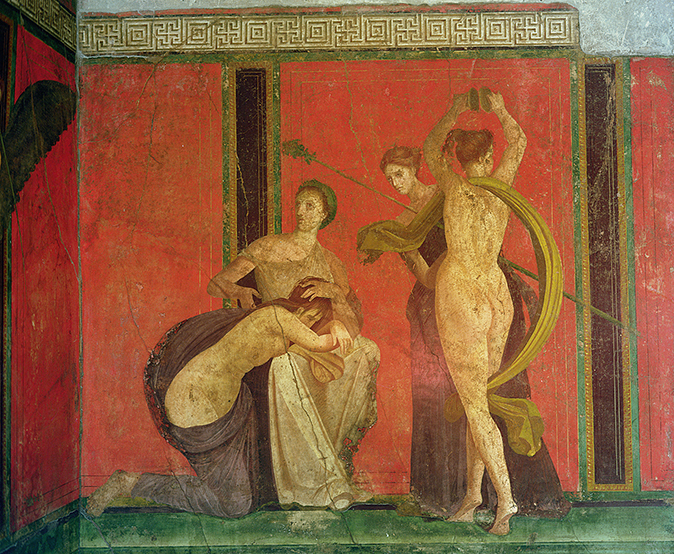My favourite painting: Richard Dorment
'For all its dazzling assurance, what I find so touching about this early self-portrait is its suggestion of the 17-year-old artist’s still-developing sense of who he is'



Portrait of the Painter at the Age of Seventeen, 1834, by G. F. Watts (1817–1904), 21in by 15in, The Watts Gallery Trust, Surrey
Richard Dorment says: For all its dazzling assurance, what I find so touching about this early self-portrait is its suggestion of the 17-year-old artist’s still-developing sense of who he is. When he painted it, Watts was still living in his father’s house in Marylebone and had not yet entered the Royal Academy Schools. With his tousled hair and loosely tied neckerchief, he presents himself as a French romantic painter – a free-spirited inhabitant of the imaginary Bohemia that would be popularised by Henri Murger’s Scènes de la Vie de Bohème more than a decade later.
Richard Dorment was The Daily Telegraph’s art critic from 1986 to 2015 and is a trustee of the Watts Gallery. A selection of his reviews, Exhibitionist: Writing about Art for a Daily Newspaper, was published last year
John McEwen comments on Portrait of the Painter at the Age of Seventeen: George Frederick Watts was born the son of a London pianoforte maker. His mother died when he was nine; three younger brothers had died earlier from measles. Watts’s own sickliness meant a strict Evangelical education at home, augmented by The Iliad and Scott’s novels. His talent for drawing was encouraged and, from 10, he trained in Soho under the sculptor William Behnes (1795–1864). The ‘Elgin marbles’ at the nearby British Museum proved a lifelong inspiration.
Exhibiting portraits at the RA’s 1837 Summer Exhibition was a financial turning point and, in 1842, he won a competition proposing murals for the new Houses of Parliament. He spent the prize money on travel and, in Rome, formed a profitable friendship with the English minister Lord Holland. His Parliament murals were realised in the 1850s. In 1864, he married the actress Ellen Terry, aged 16. They parted within a year.
Watts gained a reputation for Symbolist pictures, often denunciations of social ills in the spirit of the Biblical prophets. To escape London’s winter smog, he and his second wife, the artist Mary Seton Watts, moved to Surrey, where they had a house and gallery built at Compton near Guildford. The year he died, 1904 – the grand old man of English art and the first to receive an OM – the Watts Gallery opened, still the only purpose-built museum of an artist’s work in Britain.
Watts’s now-unfashionable Symbolism has eclipsed his pictorial achievements and sculpture. Richard Dorment helped revive his legacy by championing the recent renovation of the Watts Gallery. This portrait, one of Watts’s earliest paintings, demonstrates his youthful romanticism and precocious talent. It can be seen in ‘England’s Michelangelo’ at the Watts Gallery until November 26.
Exquisite houses, the beauty of Nature, and how to get the most from your life, straight to your inbox.

Credit: Bridgeman Images
My favourite painting: Daniel Libeskind
'I find it inspirational to look at and think about how wondrous Rembrandt was to be able to capture God,

My favourite painting: Andrew Lawson
'It amazes me that this painting was made more than a century ago'

My favourite painting: Michael Hulls
'It’s painting not as an object to hang on a wall, but the wall itself.'
Country Life is unlike any other magazine: the only glossy weekly on the newsstand and the only magazine that has been guest-edited by His Majesty The King not once, but twice. It is a celebration of modern rural life and all its diverse joys and pleasures — that was first published in Queen Victoria's Diamond Jubilee year. Our eclectic mixture of witty and informative content — from the most up-to-date property news and commentary and a coveted glimpse inside some of the UK's best houses and gardens, to gardening, the arts and interior design, written by experts in their field — still cannot be found in print or online, anywhere else.
